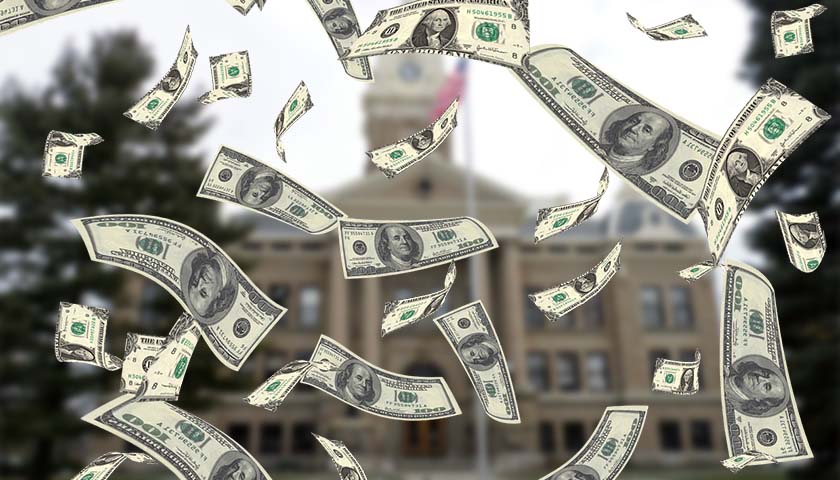by Scott McClallen
Ingham County will spend $56.8 million in federal funding to recover from COVID-19. The spending will be divided into two phases.
Ingham County Controller Gregg Todd said the first round of spending ranged from June 2021 through May 2022, and aims to help those hit hardest by COVID.
The county plans to spend the monies as follows:
$17.5 million to spur economic recovery
- $11 million to Lansing Economic Area Partnership for a multi-stage grant program that ranged from retail to tourism to nonprofits to career enhancement and more.
- $5 million in financial assistance to Capital Area residents.
- $1 million mortgage program.
- $500,000 career enhancement program.
$11 million to assist businesses and startups
- $2.75 million for traditional/retail stores.
- $1.25 million for nonprofits.
- $1.25 million for startups/green energy/virtual reality.
- $1 million for restaurants.
- $750,000 for childcare facilities.
- $750,000 for sole proprietors.
- $600,000 for tourism & hospitality.
- $850,000 for new businesses.
$3.4 million for health services
- $1 million for Emergency Medical Services.
- $1 million for Ingham Health Department.
- $750,000 for Allen Neighborhood (federally-qualified health center and pharmacy).
- $450,000 for community mental health.
- $25,000 to reduce gun violence.
$8.2 million to reimburse county operations/premium pay
- $3.9 million premium pay for essential county employees.
- $1.5 million for broadband upgrades and remote work.
- $2.4 million – revenue reimbursement for hospitality/tourism and public safety.
- $275,578 – additional county staffing.
- $150,000 for the Ingham County Drain Commission.
- $50,000 – broadband feasibility study.
With up to 24,000 state employees now working remotely, downtown Lansing advocates say the area has been “decimated.” They seek another $5 million to recover.
The second round is expected in May 2022 and will likely target long-term problems like affordable housing and critical infrastructures like sewer, water and broadband.
The money will be allocated before Dec. 31, 2024. All spending must conform to the U.S. Department of Treasury’s final rules and be completed by Dec. 31, 2026.
Proposed Phase 2 allocation: May 2022- December 2026
- $10.5 million for a sewer/water/broadband/ revolving loan fund.
- $9 million for the Housing Trust Fund.
- $7 million revenue replacement.
- $1.5 million property tax forbearance.
In roughly 60 days, Todd said commissioners should have a good idea how to spend the remaining $28 million.
“I think it really can be transformative,” Todd said in a phone interview. “The Commissioners really wanted to get the money out to those adversely affected by COVID.”
The first round gave $11 million in small business grant programs, $5 million to help people stay sheltered, and a million-dollar mortgage program.
“We did those things to help the folks who needed it now,” Todd said.
The second phase will target “long-term” solutions, such as affordable housing, a revolving loan fund to help first-time homebuyers with down payment assistance, and more.
“It’ll all go into the community in one way or another, whether it’s through housing or direct assistance or mortgage assistance or small business assistance,” Todd said.
– – –
Scott McClallen is a staff writer covering Michigan and Minnesota for The Center Square. A graduate of Hillsdale College, his work has appeared on Forbes.com and FEE.org. Previously, he worked as a financial analyst at Pepsi.
Photo “Ingham County Courthouse” by kennethaw88. CC BY 4.0.








